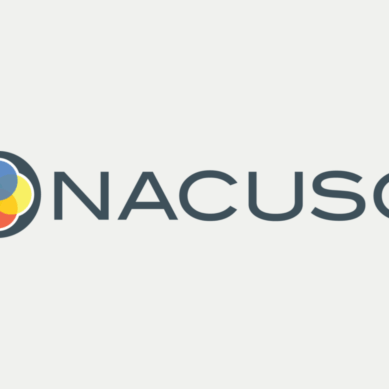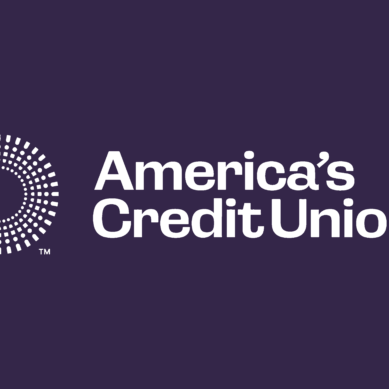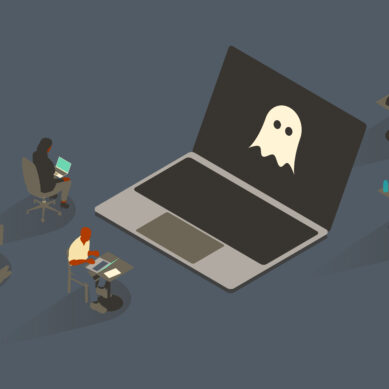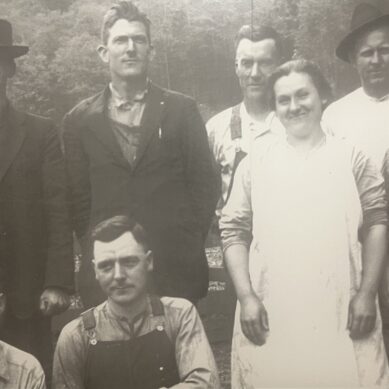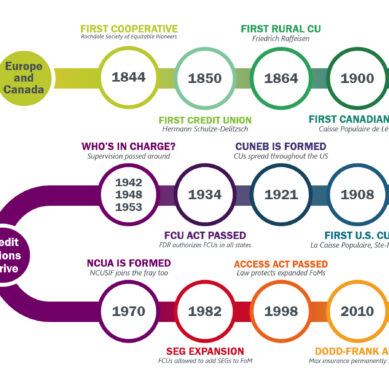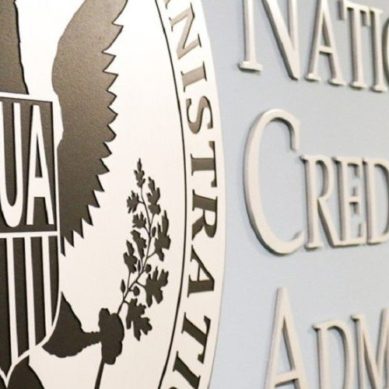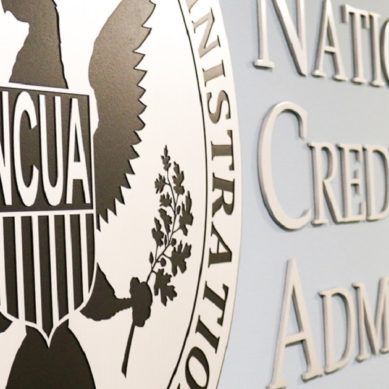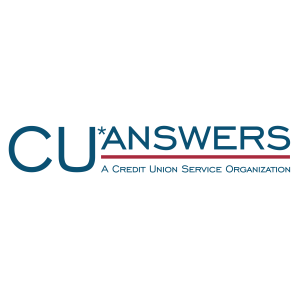Projects vary in complexity, duration, and resource requirements. They can address long-standing organizational needs or personal improvements. Regardless, every project exists for a reason. As part of the project management process, asking investigatory questions will clarify your purpose and guide your approach.
What is the purpose of the project?
Having a clearly defined purpose for a project is paramount for its success. It acts as its compass, providing direction and alignment with your company’s goals. Understanding the why behind the project can justify the resources required and ultimately gain more buy-in from your stakeholders.
A ship without a compass will likely go adrift and won’t reach its destination. Don’t let your project set sail without its “compass.”
Project purpose theoretical:
The teller team has observed lengthy queues during peak hours at the existing three teller stations. Customers are growing increasingly frustrated due to extended wait times, while the tellers themselves feel overwhelmed.
To address this challenge, the project aims to implement a fourth teller station. By doing so, the lines can be shortened during busy periods, and the workload can be evenly distributed among the tellers. The goal is to enhance operational efficiency and improve the overall customer experience.
Scope of Work
When defining the scope of a project, it’s wise to consider the fundamental “five Ws.” These include who, what, when, where, and why. By examining these aspects, we can gain a comprehensive understanding of what needs to be accomplished within the project.
- Stakeholder identification (Who):
- Understand who is involved in the project and who will be affected.
- Stakeholders encompass everyone impacted by the project’s actions.
- Understanding impact (What):
- Clearly define what the project is changing, as it can have ripple effects beyond the main goal.
- Consider how these changes will impact other processes.
- Kicking things off (Where):
- Identify a definitive starting point for your project.
- Knowing where to begin allows you to predict subsequent steps.
Your scope will evolve and change as you continue to answer these questions. It’s important to review the scope in your planning process and then agree to follow the set scope when you’re ready for the work to begin.
Project scope theoretical:
- Who?
- You, management, and the board will be involved.
- Contractors for construction.
- Tellers affected during project progress.
- HR team (for potential hiring).
- What?
- Adding a new teller station impacts more than just space.
- Consider relocating the coffee machine.
- Network and electrical upgrades may be necessary.
- Where?
- Physically scope out the new teller station.
- Start with design and quoting.
- Progress through demolition, framing, and subsequent steps.
Deliverables and end goals
Deliverables and end goals serve as a checklist to assess project success upon completion. These objectives closely align with the project’s purpose, but they should also adhere to the SMART criteria—being specific, measurable, achievable, relevant, and time-bound.
Deliverables and end goals theoretical:
As a result of this project, we will:
- Add a forth teller station to the main branch by May.
- Hire a fourth teller at the main branch by April.
- Reduce wait times for members at peak times by 25%
- Reduce workload for teller staff at peak times by 25%
Resources required
Resource identification is crucial for project preparation. Resources can include personnel, hardware, software, materials, and time. Consider seeking external assistance for accurate cost estimates. Remember, your time is also a valuable resource—invested beyond your regular work hours.
By defining the resources required, you can also start estimating the budget for the project.
Resources theoretical:
- For the demolition: DemoGuys Inc. – Quoted 8 hours of labor.
- For the build: BuildItGuys Inc. – Quoted 12 hours of labor; $5400 for materials.
- For the finished new teller station: New PC, signature pad, license scanner, chair,
- For the new teller: Training with Jane Doe; 4 hours of time
- Overall time dump for coordination: 36 hours.
Timeline
Determining the project timeline is a critical aspect of the triple constraint (timeline, budget, scope). When will the project happen? When should it start, and when should it end?
External factors—such as board approval, resource availability, and weather—affect project timing. At the same time, internal factors impact the project scope. By gaining insights from other planning aspects, establish a timeline that aligns with the project’s needs. Remember to track milestone dates—significant in-project goals—to keep your board or management informed.
Timeline theoretical:
Start Date: 4/11/2026.
Demo/Construction Meeting: 4/11/2026
(Milestone) Demo Day: 4/18/2026
Construction: 4/20 – 5/15
(Milestone) Teller Station Setup: 5/16/2024
Completion: 5/18/2026
Requirements and dependencies
Having defined our project’s purpose and approach, the next question is: What obstacles lie ahead?
Externally, factors such as concurrent implementations or budget approvals can impact project timing. These considerations extend beyond the immediate project scope.
Internally, dependencies between tasks matter. Imagine not loading bait before casting your fishing rod—similarly, avoid completing task 2 before task 1. Reflect on the order of operations to refine both scope and timeline. Remember, addressing challenges ensures smoother project execution!
Requirements and dependencies theoretical”
It’s a requirement that before your demo/construction meeting, you need to have all your project details finalized.
The construction start date is dependent upon the availability of materials.
Getting the teller station set up to function is dependent upon the construction being completed on time.
Keep your purpose at the center
In summary, every project—whether intricate or straightforward—serves a purpose. Investigatory questions help define that purpose and steer your approach. Remember, clarity of purpose ensures a successful voyage!
